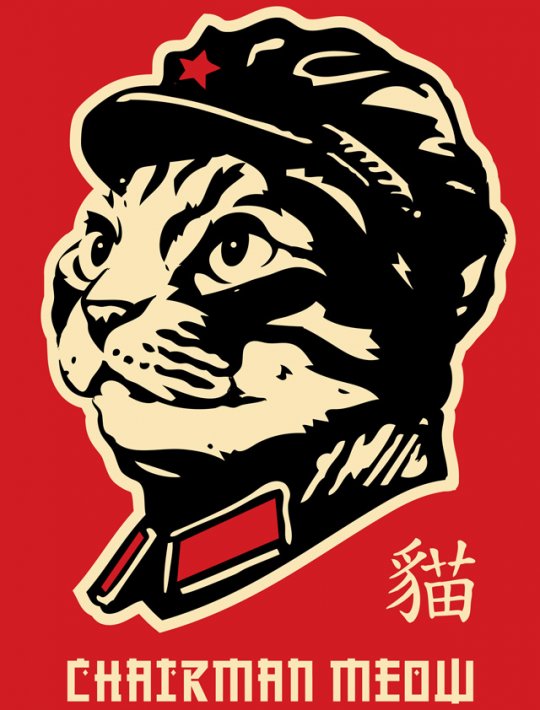Fidel Castro launched his campaign with an army of approximately 82 men, including his brother Raúl
Although heavily outnumbered the guerillas had a novel technology which aided them in the protracted conflict: Big bushy beards
The revolution would’ve been stopped in its tracks if Batista had airdropped razors in the Sierra Maestra
the viet Cong began as 6 people and a revolver
There’s a very famous event from medieval France called the Combat of the Thirty where 60 dudes showed up to settle a dispute (30 on each side) and beat the shit out of each other.
A real “get da crew together, we’re gonna have a rumble” moment for the books
This made me think of hooligans and how I think it should be legal. I know of a few guys related to that mileu and they just want to beat the shit out of each other.
I think all the issues with that culture could be solved by legalisation.Who won?
I can’t remember. I know more dudes died on one side but I can’t remember if the side with fewer casualties accomplished their aims.
Meanwhile ancient China is like we sent 3 million soldiers.
But no, there was no collapse of state capacity or a massive population crash, it was just evolution and continuity

Wut
Theres significant debate that the transition from late antiquity to the early middle ages (aka “Dark Ages”) was just evolutionary and technology and state capacity remained the same, but just changed hands.
I personally don’t agree with that theory. There was definitely massive deurbanization (population crash) and loss of state capacity (the Romans had fucking factories producing weapons and armor, etc)
There’s a reason the East Roman Empire was wiping out 10,000 man armies with like less then 500 guys. They still retained tight organization and those production facilities. Every soldier, decked in armor and with excellent weapons.
fabricae were a unified logistical system connected to ancillary state organs, new states in western roman territory got their hands on maybe one node, it wasn’t very useful cut off from the other nodes. the notitia dignitatum even implies they were each specialized in one bit of kit. So even with the desire or determination to utilize such infrastructure, it wouldn’t bear much fruit, it’d be like seizing an ammunition factory when you don’t have a rifle factory or a train to deliver raw materials to make ammunition.
fabricae in the east, which we have no idea of the fate of, probably were more reorganized/privatized than lost altogether (i mean besides the ones they literally lost to the caliphate), particularly the Constantinople factory ordered by Justinian seems irresistibly related to the later armies/regiments permanently stationed and outfitted there, however the name and particulars might have evolved.
Thats why you can trace Roman economy/war-machine in the 2k year old ice, even a bit higher CO2 levels, but not the medieval walks & kerfuffles at later dates.
also romans likely were lying
Not necessarily, the state capacity was larger, population density was higher, the empire was larger geographically. (https://warwick.ac.uk/fac/soc/economics/seminars/seminars/conferences/venice3/programme/ancient-modern-economies01.pdf)
Bubonic plague killed a lot of people in Europe during the Middle Ages, coupled with individual monarchs not being very powerful in comparison to the Roman Empire. Wars in the Middle Ages were often fought by fifes who levied their peasant populations. The ancient world (not just Rome, but also places like Carthage) had large standing armies and slave populations.
Like Marcus Crassus was just some guy who had so much money he privately funded multiple wars. His wealth was unrivaled until you start getting closer to the Renaissance and the Medicis.
TBH, late Roman Empire suffered an intense depopulation due to collapsing birth rates.
but horses can’t live like this. aside from likely 2-3x exaggeration of infantry, they are at least plausible in that roman had that many people around.
You are right about the horses, I don’t think the Romans had that much horse, because even for agriculture they used oxen.
That being said, look up iraj castle, that’s the ruins of a late antiquity military installation meant to house 10k cavalry. There seem to be many smaller structures of similar design all over central asia.
Godfrey was the ride or die for the King.











